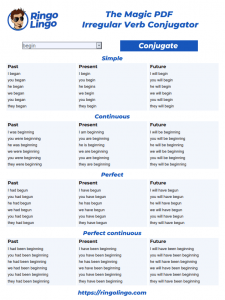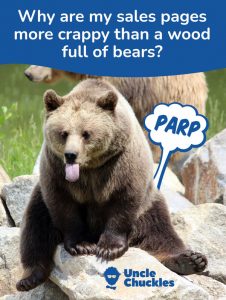In the late ’80s I spent two years studying graphic design full time. That gave me a BTEC OND (which isn’t a great qualification, though better than nothing), but the course did give me a solid grounding and understanding of the subject. Of course, like many things, I didn’t really start learning about graphic design until I started working in such roles on a daily basis.
Through the ’90s and up to 2005, I worked for several publishing companies and a PR agency, managing three different production and design studios in the later years.
Since the end of 2005 I’ve been living in Spain, first an hour north of Seville and now on the north coast, working on some personal sites and freelancing as a graphic designer and writer. I’ve worked with individuals and SMBs, been employed on design and web projects for huge companies such as Vodafone, Laird and Royal Sun Alliance, and I’ve also written for The New York Times Company and several FTSE 100 businesses.
Post-pandemic brought a new focus on what was important. With a move to the Cantabrian coast of Galicia, we concentrate more on doing the things that make us happy.
Chasing after clients and looking for work doesn’t really fit in in with this new lifestyle, so we simply don’t.
However, a little like The A-Team, if you have a problem, if no one else can help, and if you can find me (oh look, you actually have), maybe you can hire me for a job.
First, let me share some of the things I do on this page. That might be the best way to see if I could fit your needs. Then you can get in touch if you’d like to tell me about your project and how you think I might help.
If you want to know more about me personally, a trip to my desert island might be in order.
Graphic & Web Design
My main two personal web projects right now are Uncle Chuckles (oops, I took this one offline), where I’m sharing information, training and tools to help aspiring entrepreneurs build effective sales pages and funnels, and Ringo Lingo which offers EFL learners some innovative tools to help them learn English.
I can help with most aspects of graphic and web design. For the first decade or so I worked in print design, though that’s something I do much nowadays. I could still help with smaller print projects, but I’ve now forgotten so much about the technical side of commercial print, I probably wouldn’t consider larger projects.
Logos and Branding
I used to think I wasn’t cut out for logo design, but I see so many piss poor attempts at logos online nowadays that I’m a lot more confident in my logoing skills.

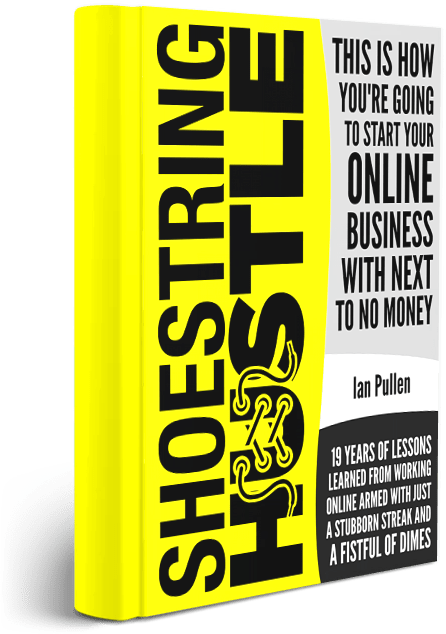
Over many years I picked up a crazy number of ways to run a business online with minimal spend, often finding remarkable tools that were completely free.
That turned into a book and while it’s still a useful resource for me, I drowned my sweet little child some time ago for two reasons.
Firstly, as you probably realised immediately, trying to make money from people who don’t want to spend money is a truly dumbass idea.
Secondly, the web changes so quickly, keeping something like this up-to-date is like painting the Golden Gate Bridge.
As fond as I am of the Shoestring Hustle logo, it’s quite an inflexible logo system with just the logotype and an icon (the laced up letter U).
It does cover enough bases to be practical, but a lack of flexibility is one of the most common issues I see with logo design.
A logo should ideally offer a logotype and logomark that can work together or separately and often variations of each to cover as many potential use cases as possible.
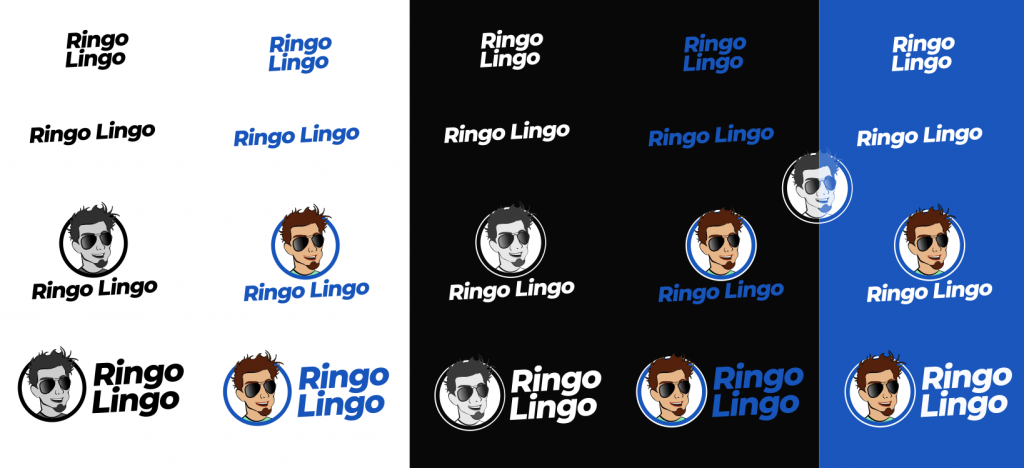
The logo system for my Ringo Lingo site is a better example of a flexible logo system. You can see options available for many different use cases, plus the logomark alone, which is ideal for most social media uses.
Also note the logomark alone towards the right of the image that is straddling the black and blue backgrounds. That demonstrates how that particular application adapts itself to the background color it’s placed on.





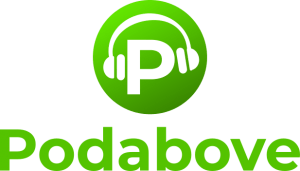

Lead Magnets
If you’re allergic to Canva or want something a bit more interesting when it comes to a lead magnet, I might be able to help.
The example below is a freebie I offer on Ringo Lingo. It’s a PDF, but rather than your normal lead magnet, this one’s dynamic. It conjugates over 200 irregular English verbs.
Click the image to download it and have a look. It works in Adobe Reader and in most modern web browsers on Windows and MacOS, plus it works in Xodo, the free PDF reader for iOS and Android. It won’t work in the mobile Adobe Reader.
Dynamic PDFs can be great for creating calculators, though bear in mind there are free WordPress plugins you could also use to create a calculator that’s accessed on your site. Might be quicker and easier – definitely cheaper.
A few years ago I created a PDF that let users adjust shutter speed and aperture settings to see the effect on a sample image, so calculators aren’t the only option.
However, there are a lot of limits to what can be done with dynamic PDFs, but feel free to ask if you have an idea.
Of course, I can also help with normal PDFs and other types of lead magnets. There’s an example from my Uncle Chuckles site – click the image to download.
Mood Boards
Just kidding. Seriously when did designers creating mood boards for clients become a thing?
A mood board is a tool used by a designer or group of designers in the earlier stages of a project.
They serve no purpose for a business owner. A designer should be supplying you with tightly defined brand guidelines that ensure who ever is doing design work for you, such as social media graphics, keeps everything in line with the branding.
Web Development
Got an idea for a killer tool or feature online, but no idea how to make it reality? You need to talk to someone like me.
While I generally work with WordPress nowadays, I can work with other tools, platforms and APIs. We can work out what’s going to work best for you.
I try to think differently when it comes to problem solving and I think my Ringo Lingo site highlights how I create innovative solutions.
The audio player I created for dictation exercises is unlike anything on any other free or paid for platform. It’s been carefully designed to make dictations of different difficulties accessible to learners of all levels. You can see it in action for yourself and learn how many sausages it takes to circle the world.
Or you could try a game that asks users to name the things in a picture. That, like many tools on the site, allows users to save a PDF after playing containing either all the words or just the words they didn’t know. They can then write the corresponding word from their own language into the PDF and save it for reference.
Could creating PDFs specific to each user be a useful feature in your site?
Think about it. What special tools or features could you offer your users?
Sales Funnel Secret Shopper
When it comes to sales pages and funnels, I have some strong views and they’re not necessarily of the mainstream.
You can read many of my opinions on my Uncle Chuckles site (actually you can’t because I’ve taken the site offline, but I’ve copied some of the articles to this site), including the huge sales page mistake you keep making, why coversion optimised sales page templates are a big fat lie and why your sales pages should be like an itinerary, not a map.
That last one includes a fascinating critique of two kitchen spoon designs and really shouldn’t be missed.
I’m confident I can find the weak spots in your sales pages and funnels.
Let me go through your funnel as a secret shopper and I’ll give you a full report on how I believe you can optimize your funnel.
I’m so confident in fact, while we’ll agree the fee upfront, you’ll only pay after you get the results.
WordPress Consulting
WordPress is a hugely flexible solution that can be the answer to all sorts of business requirements. Working out how to make it work your specific needs isn’t always straightforward though.
If you’re thinking about using WordPress, I can help you spec exactly what you need to cover your full list of requirements.
I may also suggest it isn’t going to be right for you, either because of what you need to build or because it may not be a good fit for you personally.
Something that is important to understand from the start. While WordPress is open source and free for you to use, in the long term, if you’re going to use it to build a profitable business, you should be prepared for the possibility that it will cost you more to run than some of the all-in-one managed platforms.
However, you will have exactly the site and tools that you want, rather than the same as everyone else who’s using the same platform as you.

